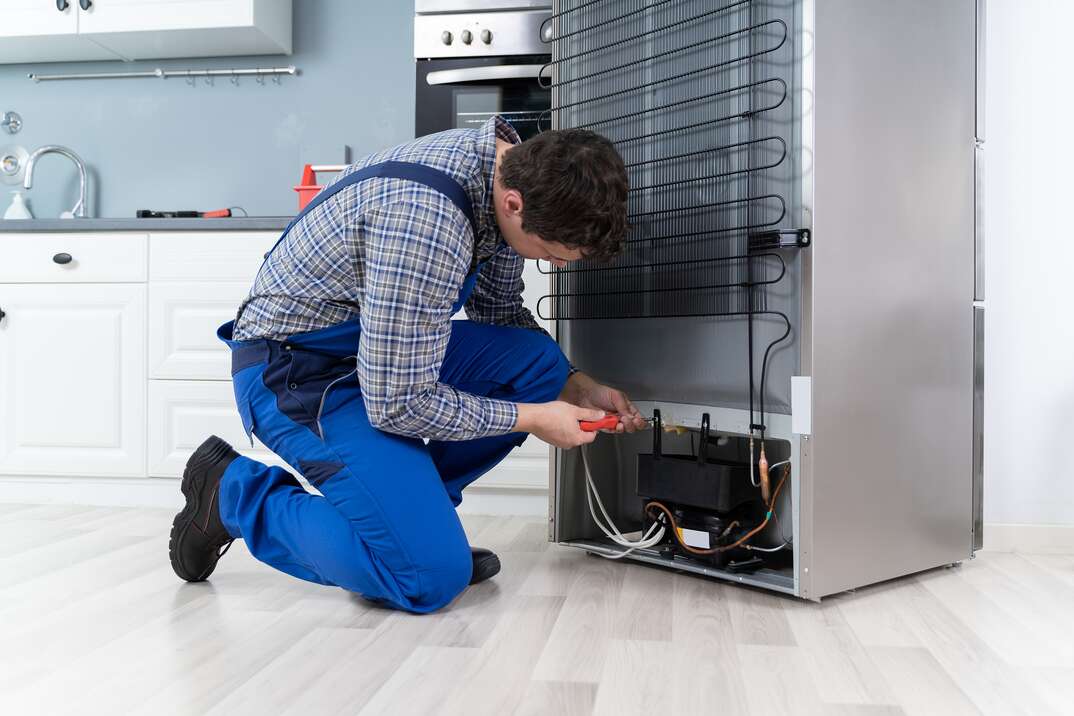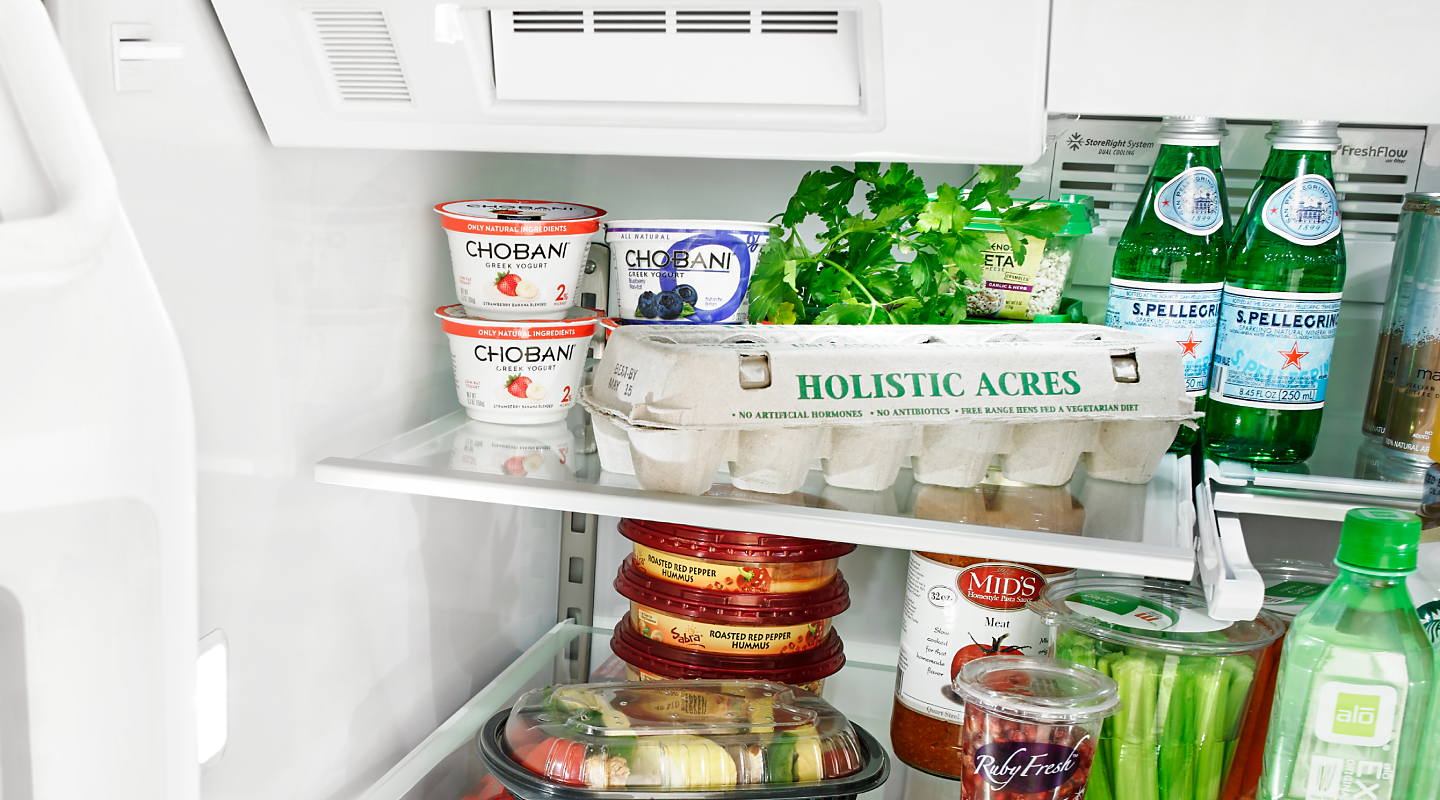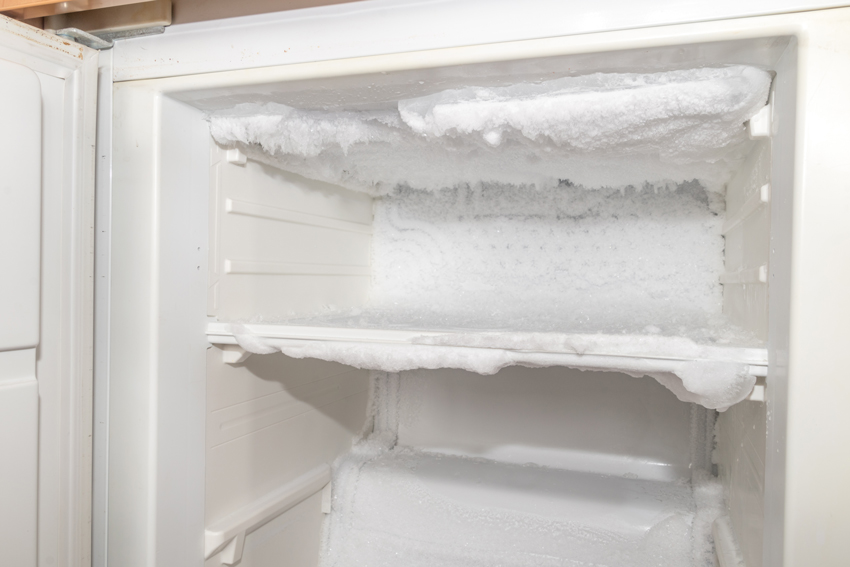Is your refrigerator failing to keep your food cool? A malfunctioning fridge can be a major inconvenience, but before you panic, let’s explore some common causes and potential solutions to resolve the issue.
1. Check the Temperature Settings: Start by checking the temperature settings on your refrigerator. Make sure the temperature control dial or digital setting is adjusted to the appropriate level for cooling. If the setting is too high, adjust it to a colder temperature and give the fridge some time to reach the desired cooling level.
2. Clean the Condenser Coils: Over time, dust and debris can accumulate on the condenser coils, hindering the refrigerator’s ability to dissipate heat effectively. Locate the condenser coils (usually located at the back or bottom of the fridge) and carefully clean them using a vacuum cleaner or a brush. This simple maintenance task can significantly improve cooling efficiency.
3. Check the Evaporator Fan: The evaporator fan circulates cold air from the freezer to the refrigerator compartment. If the fan is not working properly, it can result in inadequate cooling. Listen for the sound of the fan running when you open the fridge door. If it’s not running, it may need to be replaced.
4. Inspect the Door Seals: Inspect the door seals (gaskets) around the refrigerator and freezer doors for any signs of damage or wear. Cracks, tears, or gaps in the seals can allow warm air to enter the fridge, causing it to struggle to maintain the desired temperature. Replace any damaged seals to ensure a tight, airtight seal.
5. Clear Blocked Vents: Check for any obstructions blocking the vents inside the refrigerator and freezer compartments. Blocked vents can restrict airflow, preventing cold air from circulating properly. Rearrange items to ensure there is adequate space around the vents for proper airflow.
6. Monitor the Fridge’s Location: The location of your refrigerator can impact its cooling efficiency. Ensure that the fridge is not placed near a heat source such as a stove, oven, or direct sunlight. Additionally, allow sufficient clearance around the refrigerator for proper ventilation.
7. Verify the Defrost System: If your refrigerator has a manual defrost system, make sure it’s not frosted over excessively. Excessive frost buildup can restrict airflow and hinder cooling. If necessary, manually defrost the fridge following the manufacturer’s instructions.
8. Call for Professional Repair: If you’ve tried the above steps and your fridge still isn’t cooling properly, it may indicate a more serious underlying issue such as a malfunctioning compressor or a refrigerant leak. In such cases, it’s best to seek professional repair services from a qualified appliance technician to diagnose and fix the problem.










